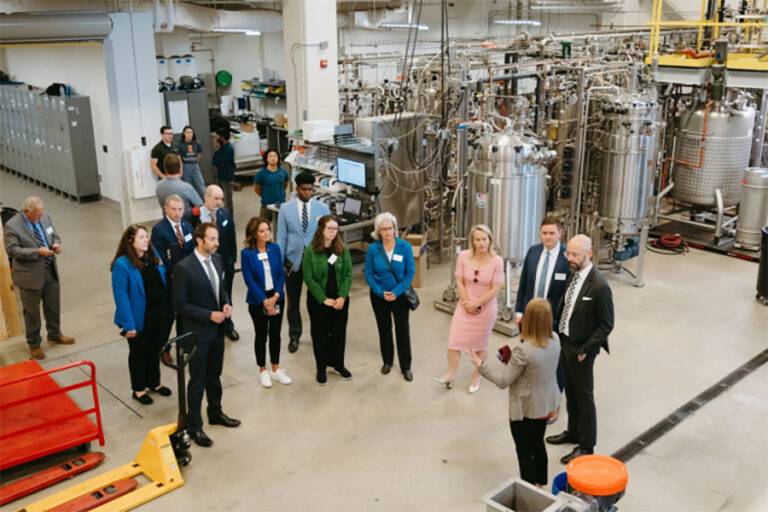For decades, the worlds largest and most successful corporations jealously guarded the secrets of their research and development departments, fine-tuning their innovations far from outside eyes until launching them into the marketplace.

In the digital world, where ideas and information flow freely and new technologies are disrupting entire industries, that model of R&D has all but collapsed. In its place, enlightened companies in all sectors are embracing a vision of open innovation, opening up to the outside and sourcing knowledge and ideas from beyond the organization.
“No matter how big a company is or how good its internal R&D capabilities are, it cannot do it all alone anymore,” says Professor Henry Chesbrough, the main academic driving force behind the open innovation concept and faculty director of the Garwood Center for Corporate Innovation at the UC Berkeley-Haas School of Business.
“Getting more people to collaborate with you is a very powerful way to advance your own organization. There is a lot of great stuff goingon outside. With open innovation, companies can also share the burdens, overheads and costs of R&D more efficiently: it’s good business and it’s good economics.”

By working together with partners from different industries, technology start-ups, university researchers and business schools, corporations that have embraced the open innovation revolution have found ways to transform their business models and secure their future, at a time of unprecedented uncertainty.
Italian electricity company Enel has been one of the early adopters of open innovation and is the focus of the Chesbrough case study From Monopoly Power to Open Power.
Faced with the deregulation of the European electricity industry and the rise of renewable energy, the former state-owned monopoly decided it needed to reinvent its business. Enel started on a journey toward “open power,” developed close research links to strategic universities and spun off a new subsidiary to capitalize on opportunities in the renewable energy sector.
“In the digital world, open innovation is absolutely fundamental to success.”
Professor Henry Chesbrough
Today, that subsidiary, Enel Green Power, is one of the largest renewable energy companies in the world.
Its first CEO, Francesco Starace, is now the CEO of Enel itself, where he is working with outside partners to make the company a global leader in technology that turns electric vehicles into mini-power plants feeding national grids.
“The open innovation model helped Enel grow its management skills, accelerate its decision-making, and collaborate more with other companies,” Chesbrough says. In March this year, the company opened the Enel Innovation Hub at Berkeley. “Thanks to open innovation, Enel is successfully transforming into a dynamic, entrepreneurial contributor to green and clean energy futures for us all.”
In other industries, leading corporations are also using open innovation to seize the opportunities of new technologies. By teaming up with hospital customers, Royal Philips is harnessing the Internet of Things to bring healthcare into patients’ homes, personalizing care at a dramatically reduced cost.
Car manufacturers such as Nissan and SEAT are partnering with technology start-ups to tackle the challenges of urban mobility, developing predictive traffic software and autonomous driving technologies that will change the role of cars in city transport forever.
Technology strategist and entrepreneur Salim Ismail says that companies need to radically rethink the way they do business if they are to prosper in a very different future. “Technology is about much more than a cute opportunity at the edge,” he says. “Many companies don’t understand the enormous displacing impact of today’s technologies. They will have to reinvent themselves dramatically, and that takes skills from outside the company” ![]()









